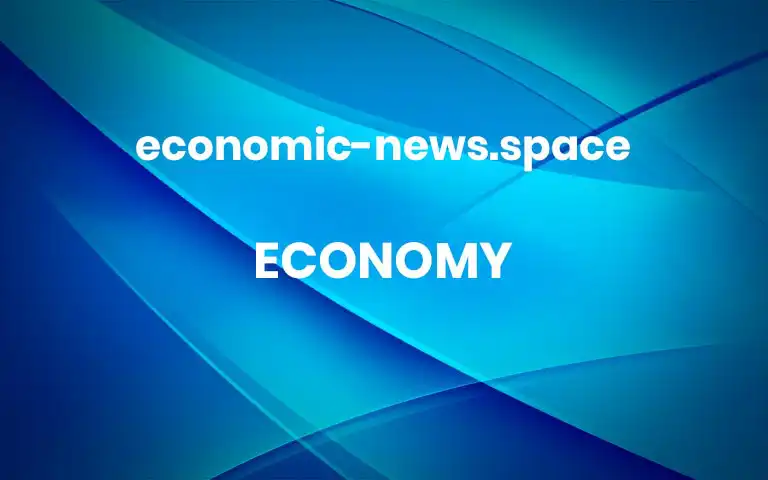Behind the Powell Pick: A Bet the Economy Has Room to Grow

President Biden’s decision to renominate Jerome H. Powell to head the Federal Reserve reflects the president’s belief that despite high inflation, America’s economy still has a long way to go to deliver strong gains to women, Black and Hispanic Americans and low-wage workers trying to climb into the middle class.Mr. Biden made clear during a White House appearance that he believes Mr. Powell is philosophically aligned with his vision that the central bank needs to keep interest rates low and continue supporting the economy until it reaches maximum employment.“That’s an economy where companies have to compete to attract workers, instead of workers competing with each other for jobs, where American workers get steady wage increases after decades of stagnation, and where the benefits of economic growth are broadly shared by everyone in the country, not just concentrated for those at the top,” Mr. Biden said Monday.The president’s decision is also based on his belief that Mr. Powell and Lael Brainard, the Fed governor whom Mr. Biden nominated for vice chair on Monday, share his views on stabilizing inflation while being careful not to snuff out the recovery before the labor market heals.It is a gamble on several fronts for the president. He is betting that Mr. Powell will be more aligned with his views on the economy than he is with Republicans in the Senate who have decried rising inflation for months and demanded action from the Fed. Many of those Republicans endorsed Mr. Powell quickly on Monday, expressing hope that he would act swiftly to combat inflation.The president is also betting that his team is correct in its economic diagnosis that the inflation risk is fading and marginalized groups of workers still need help to reap the full gains of economic growth.Mr. Biden and his aides view the recent burst of inflation, which surged to its highest levels in three decades last month, as largely the product of crimps in global supply chains — and not a function of monetary policy that necessitates quick rate increases from the central bank.The decision to renominate Mr. Powell and to elevate Ms. Brainard is the sum of a wide range of political and economic calculations. Chief among them was choosing the chair with the desire, and bipartisan support, to pursue full employment.But administration officials say other considerations also favored Mr. Powell’s reappointment, like the need to maintain central bank stability in the midst of the economic disruption of a pandemic and the record of independence that Mr. Powell built over a four-year term that included withering criticism from former President Donald J. Trump, who appointed him to the chairmanship.Mr. Powell also appears to have defused, in the eyes of the president and his aides, liberal Democrats’ concerns that on his watch the Fed has not regulated big banks and other financial institutions stringently enough. In conversations with Mr. Biden leading up to the decision, Mr. Powell convinced the president he would follow the lead of the Fed’s vice president for supervision — an open position that Mr. Biden has yet to fill — in determining the central bank’s policies on financial regulations.Mr. Biden is expected to announce his pick for that job early next month, and Democrats expect him to nominate someone who will take a hard line on banks, a key demand of Senator Elizabeth Warren of Massachusetts, a progressive who opposes Mr. Powell’s renomination and has called him “dangerous.” Mr. Biden recently discussed his Fed picks with Ms. Warren, and he has been in regular contact with Senator Sherrod Brown of Ohio, the Democrat who leads the banking committee. More



